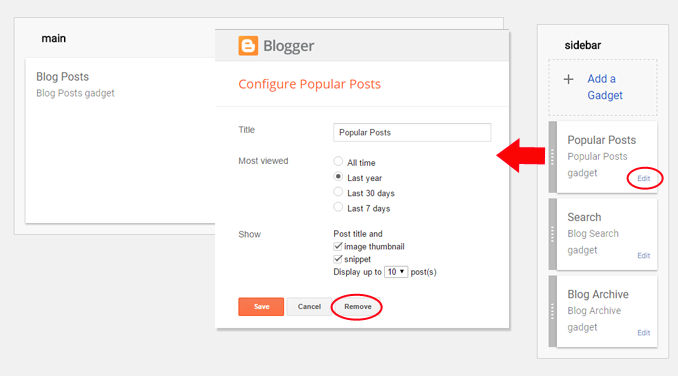

For the past month or so I have been seriously thinking about getting back into gadget blogging, but before I do that I knew I had to figure out how to write my best blog post.
Although I have been writing about gadgets for more than a decade, I must admit that I did so largely haphazardly. I’d see an announcement, bang out a post, and call it good. Even though I used spell check and also reviewed my posts for consistency, I still didn’t have a rigorous process for writing a post (something I could use to make sure that I didn’t leave out any useful info).
Because not all of my thoughts appeared on the screen, this presented a challenge. Sometimes I would forget to include research I had done, or neglected to flesh out an argument with sufficient detail. For instance, despite having researched solar power, I neglected to mention it in a recent post I wrote about backup power options for my Clendenin home. I don’t want to make the same mistake again with my new gadget blog. I am only going to be writing maybe 3 posts per month, so each one really does need to be as comprehensive and as useful as possible. That’s why I decided that, before I officially launched the new blog, I would come up with a set of criteria to define what a blog post should contain.
- What I have decided is that an ideal post for a gadget blog should answer the following questions as completely as possible.
- What issue are you attempting to resolve? What need are you trying to fill?
- What is your chosen solution to the problem/need?
- What are the alternatives to your chosen solution?
- Compare and contrast the alternatives to your chosen solution.
- Did your chosen solution succeed or fail at filling the need or solving the problem?
- If it failed, what do you think would work better?
- If it succeeded, how can it be improved?
I see an ideal blog post as focusing less on ”Here is X” or “Here’s how to do X” and more on solving a problem or filling a need. What this means is that rather than writing a product review or a process (how to) post, we should instead ask what problem the product or process solves, and use that to come up with alternate solutions.
Let me give you an example: the Freewrite by Astrohaus.
The Freewrite is a writing tool that is lightweight and free of distractions. It’s clear what problem the device is intended to solve, so you should ask yourself what else could also solve that problem (EX: Chromebook, iPad plus BT keyboard, Windows tablet plus keyboard cover, Alphasmart Neo, smartphone.)
We should include alternatives because, while the Freewrite may be the best option for some, the iPad may be more useful for others. Also, comparing the device to its alternatives makes it easier to show readers the device’s strengths and weaknesses.
Let me give you another example. Over on my home remodeling blog I have a post about Cricket 5G hotspot. That post isn’t bad, but it would have been better if I had gone into further detail on alternatives. For example, I had previously tried a similar product from T-Mobile which was equally unsatisfactory. Additionally, I was aware of the local cable company’s internet service but declined it because I desired a portable option. These guidelines were inspired by a few product review posts (one, two) I had written on my home remodeling blog which I had planned to repost on the new gadget blog. I thought they were okay, but (as I mentioned in the above paragraph) in retrospect I now see that there were areas where I could have gone into greater detail, and that the posts weren’t as useful as they could be.
And the other thing about the above guidelines is that they are incomplete. They cover the content that should be included, but not necessarily the form that content should take.
What I mean is that you should consider how you will structure your posts if you are going to follow these guidelines. For example, do you want Pro/Con bullet points somewhere? When writing a review, do you want to start each post with a one sentence summary? (I plan to do that, actually.)
